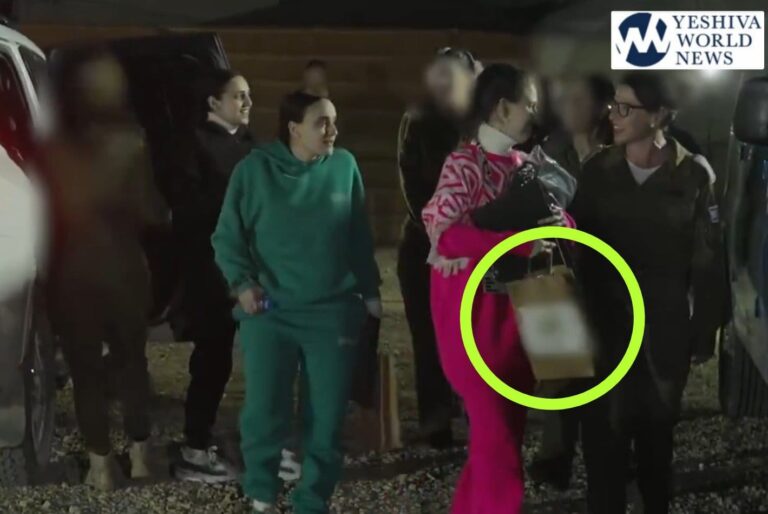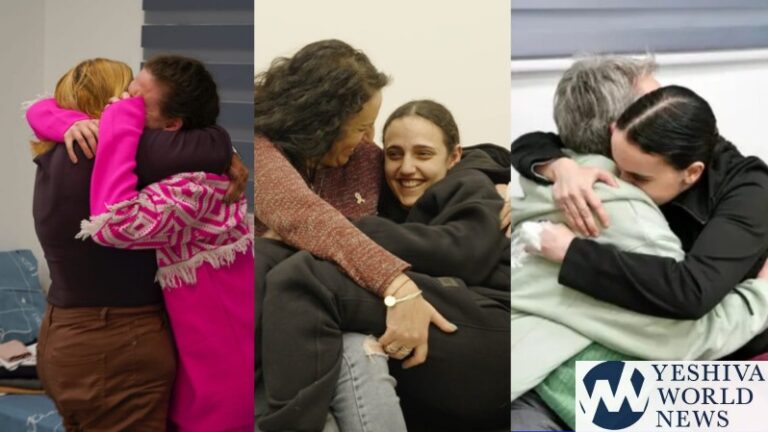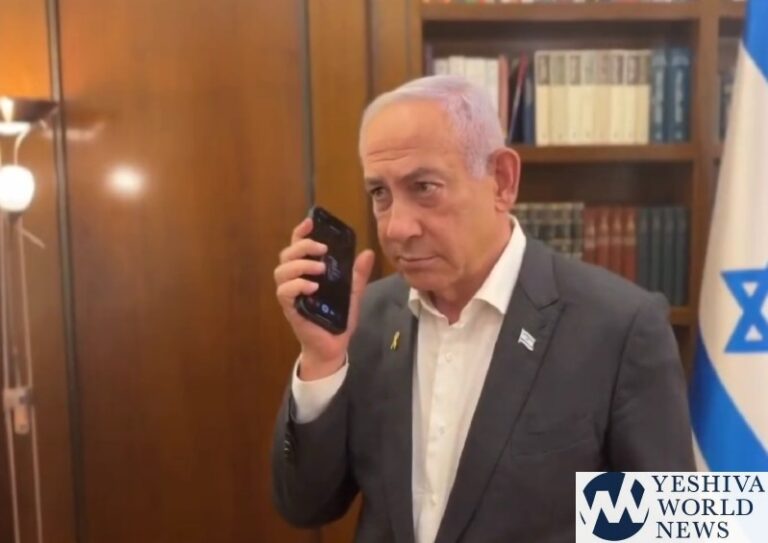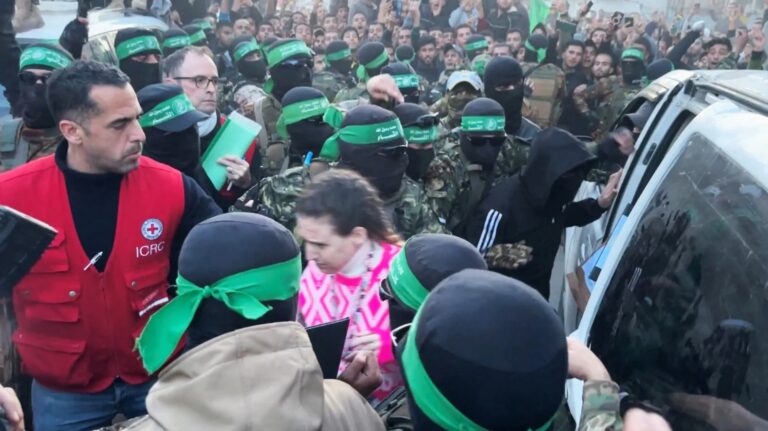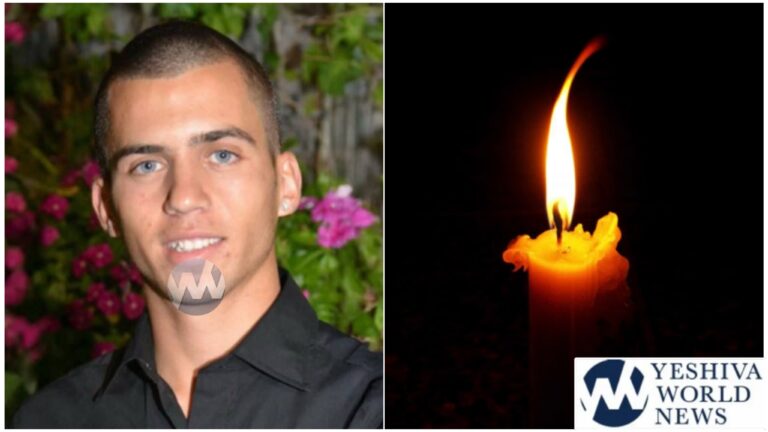 In long tunics and Bedouin scarves, men kick a soccer ball in front of the U.S. consulate. Women sit and eat. Arabic music rings from the market. A bicyclist waves as he rides toward a stone church and a mosque with a green minaret in the distance.
In long tunics and Bedouin scarves, men kick a soccer ball in front of the U.S. consulate. Women sit and eat. Arabic music rings from the market. A bicyclist waves as he rides toward a stone church and a mosque with a green minaret in the distance.
All appears placid in the imaginary world of Erehwon, “nowhere” spelled backward, a $79 million fantasy city at a U.S. military base in rural Virginia. But it won’t be quiet for long. This is where the State Department trains agents for its most dangerous diplomatic posts.
The new recruits know the worst could come at any moment. They peer through the metallic sheen of the consulate windows as snipers stand guard on the roof. The agents scan a landscape complete with the convincing exteriors of a train station, governor’s office, bank, apartment building and hospital. Danger could lurk behind any of them.
Two years after the deadly attack on a U.S. facility in Benghazi, Libya, the Diplomatic Security Service that is responsible for protecting some 100,000 Americans around the world has dramatically expanded training.
The prep course for high-threat embassies and consulates once ran for five weeks. Now it is 10. And in the final week, recruits drill alongside Diplomatic Security’s elite special agents and a Marine detachment, while trainers double as terrorists. Food and sleep are restricted. Explosions and paid actors playing the locals add to the experience.
After the loss of Ambassador Chris Stevens and three other Americans in Benghazi on Sept. 11, 2012, no one wants to take any chances.
A review ordered after Benghazi by then-Secretary of State Hillary Rodham Clinton found security before the attack “grossly inadequate.” It said U.S. security personnel “performed with courage,” but it faulted the agency for not having enough protection and for depending on unreliable Libyan partners.
Has the situation changed? “It has improved,” declares Paul Davies, who heads Diplomatic Security’s high-threat training.
Just a year ago, Davies was still in the field, leading agents and Marines in fending off an attack involving a truck bomb, militants with suicide vests and rocket fire targeting the U.S. consulate in Herat, Afghanistan. The assailants were killed, along with eight Afghan security guards. No Americans died. All diplomats were unharmed. And the consulate is up and running again.
To demonstrate improvements, the State Department invited The Associated Press to spend a day-and-a-half watching preparations for the worst of scenarios. The AP agreed not to disclose the location of the training.
___
TRIP TO THE MOSQUE
Despite the calm scene outside the consulate, the situation in Erehwon is uneasy. In the morning, indirect fire nearby interrupted the dedication of a U.S.-funded subway project. Agents have now taken out their rifles to escort the U.S. consul general to the local mosque.
Four agents accompany him on foot. Two vans follow. An advance team is waiting at the mosque, where the consul general meets an elderly mullah who laments high youth unemployment and shoos away a beggar with cries of “khalas” — Arabic for “enough.”
The visit proceeds smoothly. Agents offer to help the mosque’s handyman fix door locks as a means of building rapport.
Suddenly, screeching tires are heard in front of the consulate. Diplomatic security discovers a kidnapping has occurred.
From an operations center inside, two agents monitor the scene from computers and coordinate strategy. On the wall an intelligence list hangs with license plates of suspicious vehicles. But there is no cause for immediate action to protect the consulate.
“It’s very easy to get drawn into all the sexy stuff — the violence, the guns, what you see on TV,” says Lance Bailey, who served as a Diplomatic Security director in Afghanistan and is now chief of special operations planning for high-threat posts.
“But what we’re really trying to develop, the core skill we’re trying to build, is problem solving,” he says.
___
FOREST ESCAPE
Later, the agents are taking the consul general to dinner when they reach a barricade. Immediately an explosion occurs, leaving all three vehicles in the caravan inoperable. The pops and sparks of gunfire — blanks — from the trees come immediately.
Evacuation of the vans is a little slow. The agents throw smoke canisters. Concealed, they retreat with the consul general to a building nearby.
Problems arise. One agent’s gun jams. Others leave their radios in the vans. When the whistles of incoming mortars sound, only some crouch for cover. The commanding agent leaves his “go bag” of ammunition and supplies in an evacuated room. Requests for additional forces are denied.
The agents must trek through thick forest, using night-vision goggles to struggle past branches and ford streams — all while protecting the consul general and a wounded agent. Two armed militiamen in camouflage follow them, shooting at their rear flank.
Success: The team makes it to a helicopter pickup site in “record time,” Davies says.
This type of training is necessary for 27 posts worldwide, says Mark Hipp, a deputy assistant secretary of state for diplomatic security training.
“We have to train for the worst-case scenarios,” he says. That means old and new terror tactics such as fire — Stevens died of smoke inhalation — and biological and radiological attacks.
___
CONSULATE ATTACK
The next morning resembles the Benghazi attack. Except this time, the U.S. prevails.
Protesters converge, beating at consulate barricades. But the demonstration subsides when the mullah persuades people to go home.
Then a pickup truck stops near a rear gate. The driver leaves. The truck explodes.
Gunmen with assault rifles rush out from behind the bank, firing on the consulate. From the other side of the building, mortar fire can be heard.
Unlike Benghazi, however, the compound at Erehwon is well protected. Roof snipers return fire.
A second wave of attackers arrives and a suicide bomber blows a hole in the perimeter. But agents and Marines rush forward. The militants never make it inside the gates.
Back in the operations center, evacuation is underway. The Defense Department deploys a helicopter. Now, agents hear reinforcements are on the way.
___
LESSONS LEARNED
After the drill, Davies congratulates his new high-threat-post recruits, then leads a review of their performance.
“We’re going out there to do a job,” says Chad, a new agent heading to a post in Africa. He didn’t want his last name used for security reasons.
Asked what officials have learned from Benghazi, Davies paints the big picture.
Embassy security is now well funded and getting the right materials and personnel, he says. Coordination with military and intelligence is deepening. And, critically, agents are being trained to do more than drive limousines or guard flanks in a motorcade.
“We’re preparing leaders,” Davies says.
(AP)

